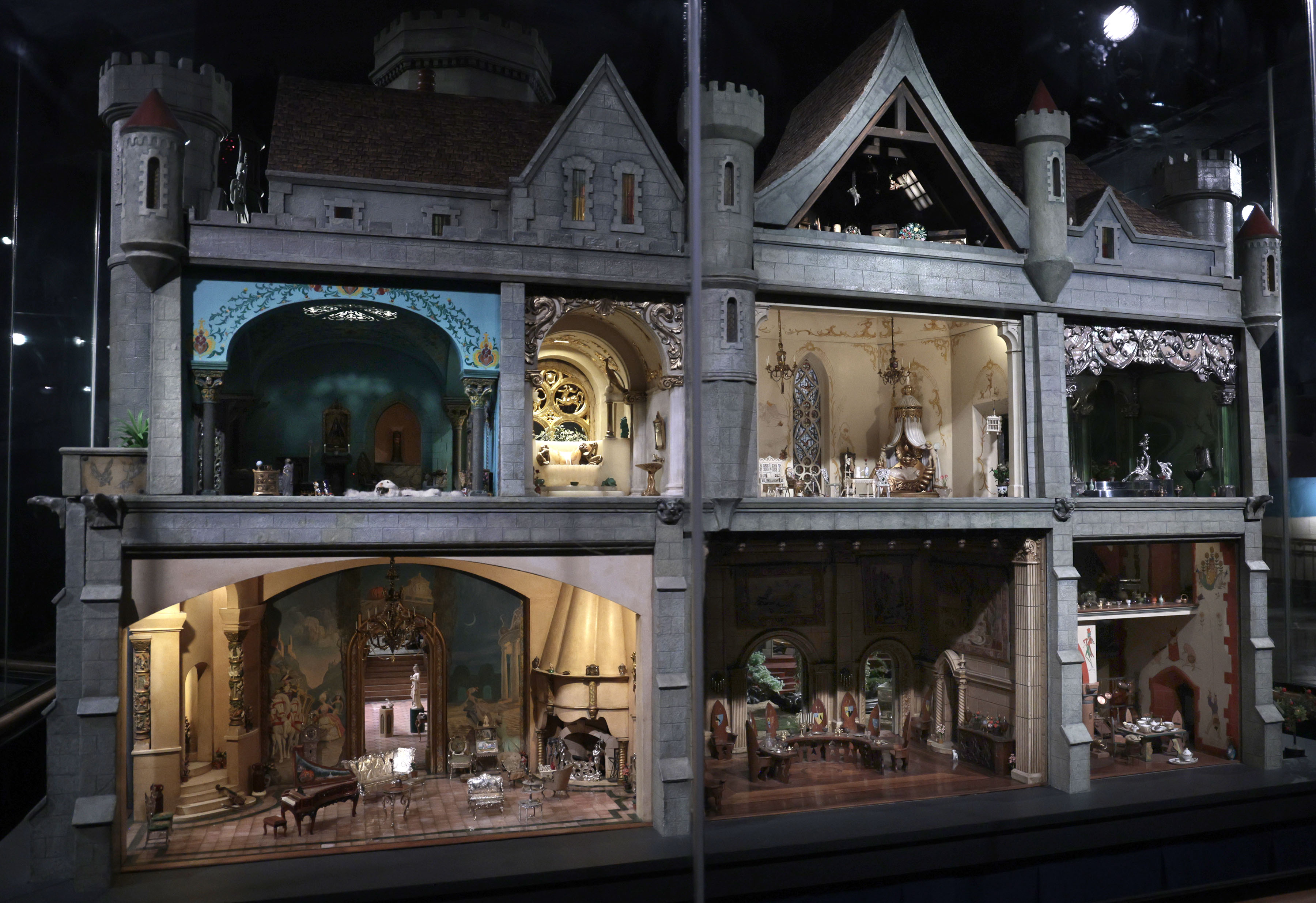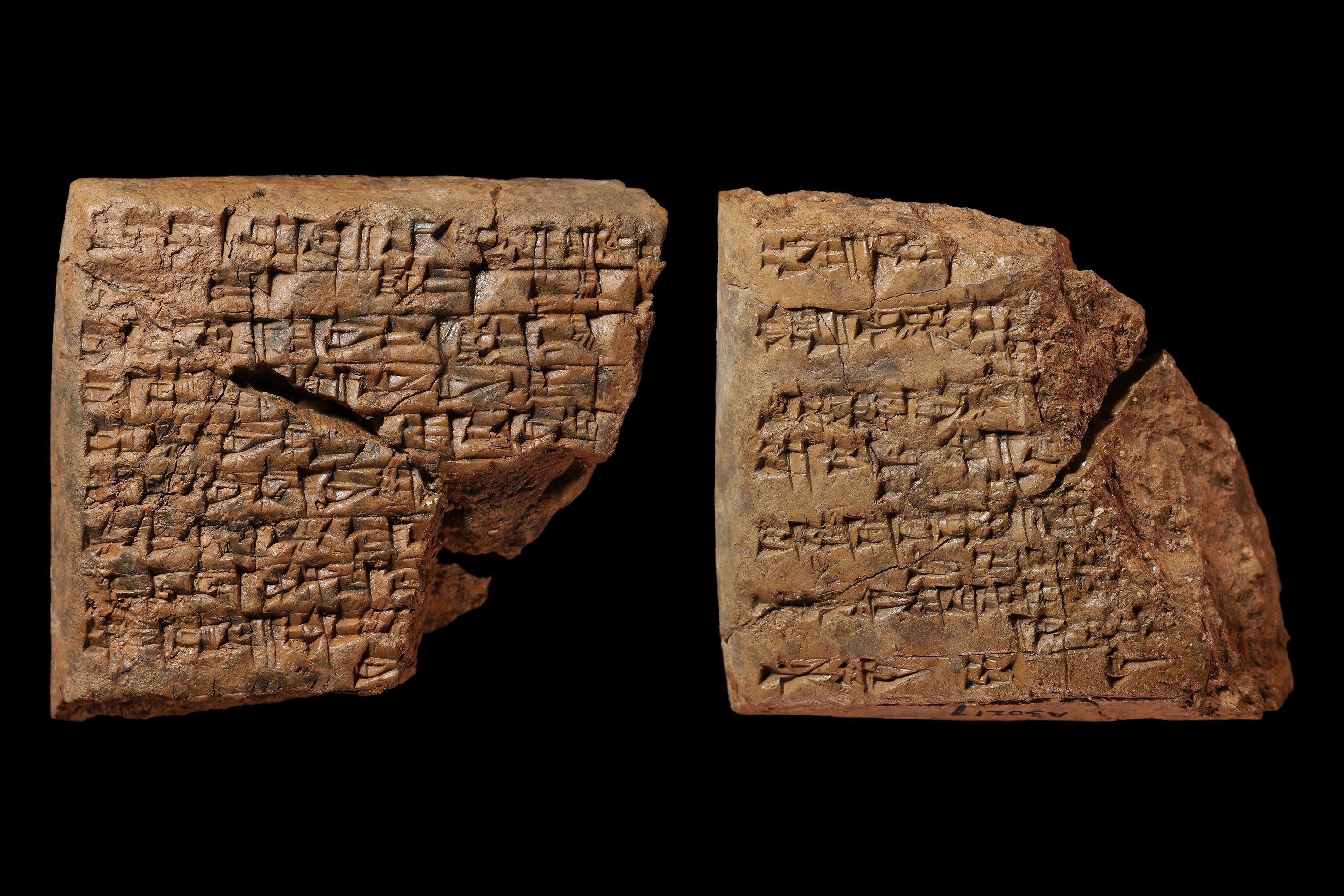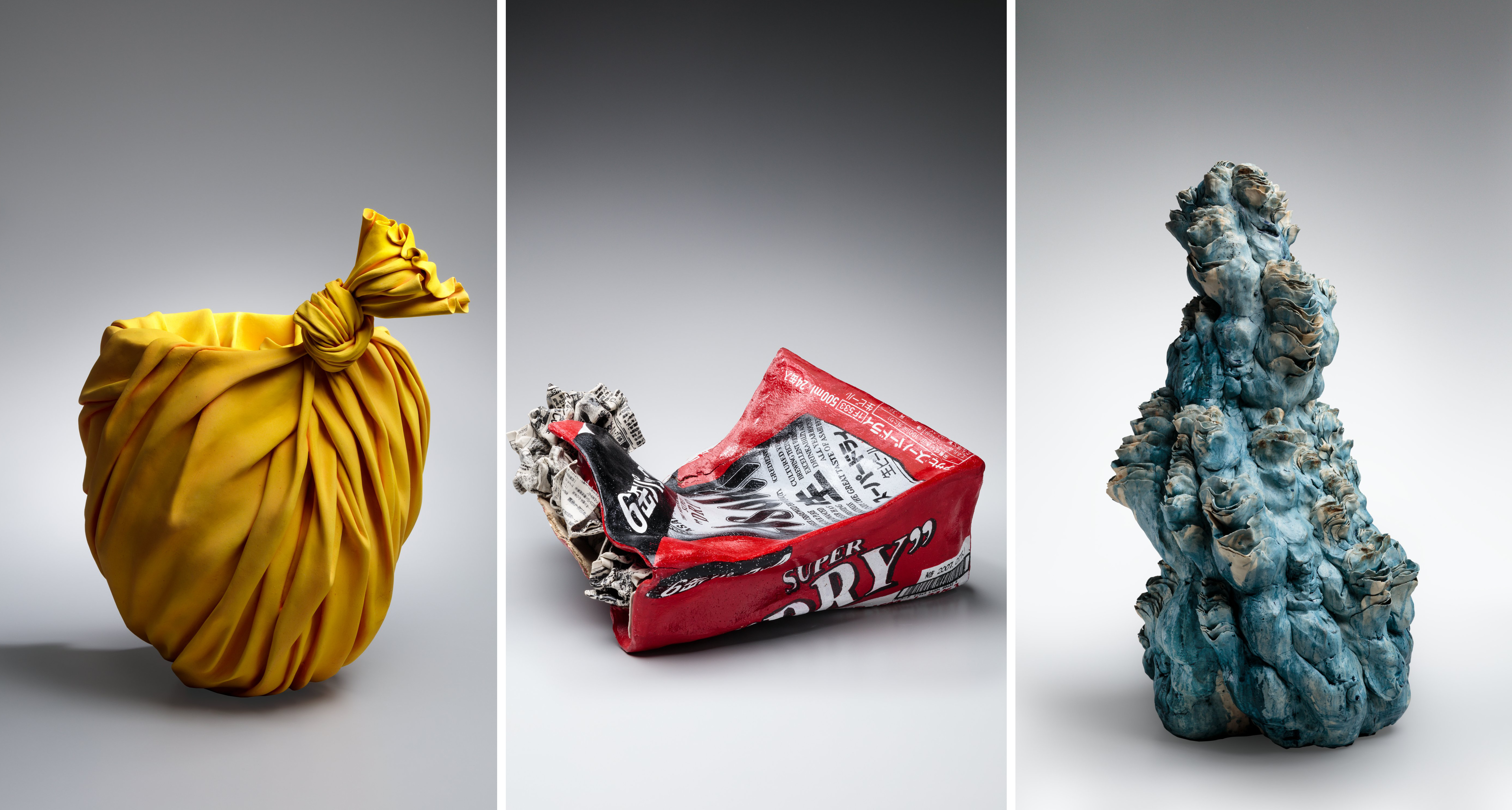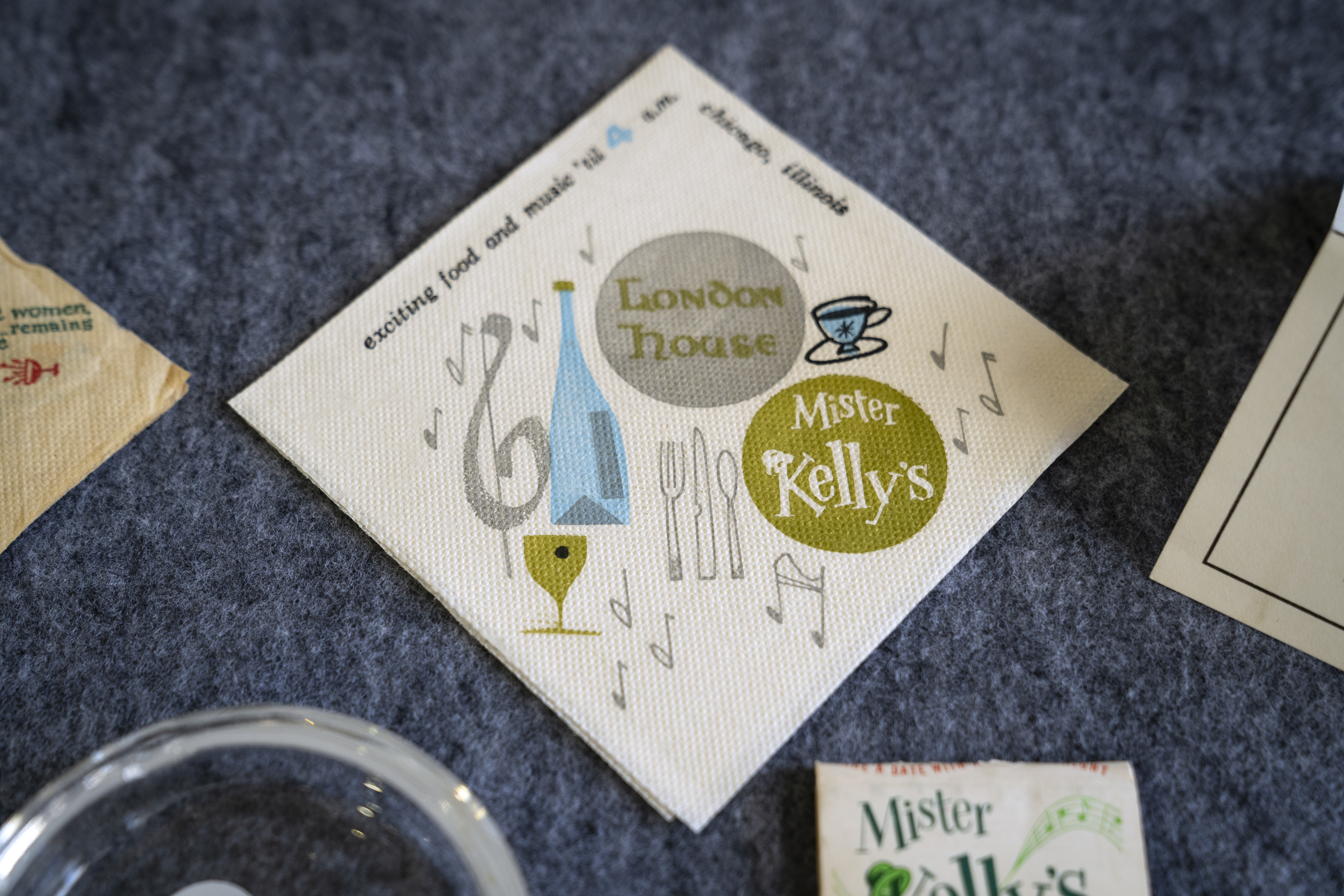Real Chicagoans know winter is the best season for museum-hopping in this city. New exhibitions spring up everywhere, it’s off-season for tourists and best of all, you can kill an afternoon while staying indoors. Beats twirling like a rotisserie chicken in front of the space heater.
The following cultural institutions have — at least, last I checked — four walls, a roof and something on the docket for winter that promises to leave you a little changed, or, better yet, hungry to learn even more. (Speaking of “hungry,” hang onto that thought for, oh, two paragraphs or so.)
Ten new or soon-closing exhibitions:
Deck the halls
Hey, at least it’s still Christmas at the Swedish American Museum. Traditionally, Swedish peasant homes busted out their bonader — paintings on canvas, fabric or paper kept as family heirlooms — to decorate for Advent and feast days. Heiress and folk art enthusiast Florence Dibell Bartlett donated 29 bonader to the Art Institute of Chicago in the 1930s. The Art Institute, in turn, gave them to the Swedish American Museum in 2000. This exhibition, closing soon, shows off that collection, the eighth largest in the world. “Bonader,” through Jan. 14, open 10 a.m. to 4 p.m. Tuesdays-Fridays and 11 a.m. to 4 p.m. Saturdays and Sundays at the Swedish American Museum, 5211 N. Clark St.; tickets are $6 for adults; $4 for students, seniors and children; $15 for families, swedishamericanmuseum.org

Delicious history
How did chop suey and egg foo young become as American as apple pie? “Chinese Cuisine in America” traces the history of this ever-adaptable tradition, hitting on the history of Chinese immigration, the emergence of urban Chinatowns and current food fads along the way. The exhibition casts a nationwide net, but cameos by Chicago favorites like Orange Garden, Sun Wah and Triple Crown are the clincher. The very best part? The Chinese American Museum is within walking distance from all the Chinatown dining classics, for your edible edification. “Chinese Cuisine in America: Stories, Struggles and Successes,” through Jan. 21, open 9:30 a.m. to 5 p.m. Wednesdays and Fridays and 10 a.m. to 5 p.m. Saturdays and Sundays at the Chinese American Museum of Chicago, 238 W. 23rd St.; suggested donation $8 for adults, $5 for students and seniors, ccamuseum.org
Innovation as tradition
In 1970, with the Black Arts Movement in full swing, artists teamed up with the Chicago Defender to produce the first Black Creativity celebration, then called Black Esthetics. More than 50 years on, this multidisciplinary event, exhibition and education series still calls the Museum of Science and Industry home. Its centerpiece is the Black Creativity Juried Art Exhibition, the longest continuously running exhibition of African American art in the United States. This year’s is 150-plus works strong, representing more than 100 different artists, some of whom are still in high school. “Black Creativity,” Jan. 14 to April 21, daily 9:30 a.m. to 4 p.m. at the Museum of Science and Industry, 5700 S. DuSable Lake Shore Drive; $26 adults and $15 children 3 to 11; plus a full schedule of associated Black Creativity events at msi.org.

Stranger than fiction
During the Great Depression, rather than spend her wealth on herself, Jazz Age it-girl Colleen Moore constructed a fantastical Fairy Castle to tour the demoralized country. The miniature marvel became a beloved mainstay at the Museum of Science and Industry from 1949 onward, giving even the Art Institute’s Thorne Rooms a run for their money. In recent months, the Fairy Castle seized public imagination anew via Kathleen Rooney’s novel “From Dust to Stardust,” which fictionalizes Moore’s story. This all-day event includes a conversation between Rooney and Moore’s granddaughter, a book signing, an artisan market and a screening of “Flaming Youth,” starring Moore. “Moore’s Marvelous Minis,” 9:30 a.m. to 3 p.m. Jan. 27 at the Museum of Science and Industry, 5700 S. DuSable Lake Shore Drive; tickets are $26 for adults and $15 for children ages 3 to 11, with some events requiring extra entry fees; for more information check msichicago.org
Frame by frame
Founded in 2008, the annual Architecture & Design Film Festival plants itself at the Chicago Architecture Center after roving through other North American cities. The featured films train their lens on subjects as wide-ranging as Soviet-era bus stops to squatters in Sao Paulo. Keep an eye out for the festival’s double features, which screen two short documentaries for the price of one. Architecture & Design Film Festival, Jan. 31 to Feb. 4 at the Chicago Architecture Center, 111 E. Wacker Drive; tickets are $20 per screening, full lineup and details at architecture.org
Coming to a dome theater near you
The Adler Planetarium debuts its first new production in the Grainger Sky Theater since 2019: “Niyah and the Multiverse,” a family-friendly Afrofuturist romp starring a Chicago preteen and her cat. The script was written by Taylor Witten, a Wakandacon producer, and Ytasha Womack, author of the 2013 book “Afrofuturism: The World of Black Sci Fi and Fantasy Culture.” (Both also collaborated with the planetarium to create “A Night in the Afrofuture” in February 2019 for the Adler After Dark series.) “Niyah and the Multiverse” opens Jan. 13, 9 a.m. to 4 p.m. Fridays-Mondays and 4-10 p.m. Wednesdays at Adler Planetarium, 1300 S. DuSable Lake Shore Drive; tickets are $19 for adults, $8 for children, adlerplanetarium.org

– Original Credit:
Study up
Even ancient Mesopotamians had midterms. “Back to School in Babylonia,” at the University of Chicago’s Institute for the Study of Ancient Cultures (nee Oriental Institute), reunites objects unearthed from the footprint of a scribal school in the ancient city of Nippur, in central-southern Iraq, in the 1950s. The artifacts, split between UChicago and UPenn’s collections, document cuneiform exercises, studies in subjects like mathematics and legal writing, and occasionally even students’ frustration and boredom. One tablet was discovered balled up, like a crumpled piece of paper, while another seems to have been gnawed on. Through March 24, 10 a.m. to 4 p.m. daily except Fridays (open 10 a.m. to 8 p.m.) and Mondays (closed), at the Institute for the Study of Ancient Cultures, 1155 E. 58th St.; suggested admission $10 for adults and $5 for children; isac.uchicago.edu

Molding new futures
The Art Institute boasts an impressive Japanese print collection: this winter, it follows up on last year’s “Ghosts and Demons in Japanese Prints” with “By the Light of the Moon: Nighttime in Japanese Prints” (Jan. 20 to April 14). But of its special exhibits on Japanese art, “Radical Clay: Contemporary Women Artists from Japan” is the can’t-miss of the two, its bafflingly intricate pieces by living sculptors on loan to the museum for a limited time. “Radical Clay: Contemporary Women Artists from Japan,” through June 3, open 11 a.m. to 5 p.m. Mondays and Fridays-Sundays, and 11 a.m. to 8 p.m. Thursdays at the Art Institute of Chicago, 111 S. Michigan Ave.; tickets are $32 for adults; $26 for seniors, students and teens; children are free; Illinois residents are $20 for adults; $14 for seniors and students, artic.edu
Taíno tenacity
The Smithsonian links up with Chicago’s National Museum of Puerto Rican Arts and Culture (the exhibition host) and the Field Museum for this spotlight on the Indigenous Arawak-speaking peoples of what is now Cuba, Jamaica, Haiti, the Dominican Republic and Puerto Rico. The Taíno were also the first group to encounter Christopher Columbus; like so many other peoples in the Americas, their population and culture were ravaged by Spanish colonization. This exhibition shows how Taíno found ways to retain their heritage, tracing that knowledge-keeping to today’s Taíno revivalist movements. “¡Taíno Vive! Caribbean Indigenous Resistance,” Jan. 6 to June 16, open 10 a.m. to 5 p.m. Tuesdays-Thursdays, 10 a.m. to 4 p.m. Fridays and 10 a.m. to 2 p.m. Saturdays at the National Museum of Puerto Rican Arts and Culture, 3015 W. Division St.; free, nmprac.org

Requiem for a nightclub
Independent venues are painfully ephemeral: they come, they go, they’re mostly lost to time. Luckily for Mister Kelly’s — the defunct Gold Coast nightclub now occupied by Gibson’s Steakhouse — the Newberry Library took in its collection after it closed in 1975. A new exhibition invites visitors to imagine what it might have been like to visit the fabled club, which hosted jazz legends, comedy icons and, per the Tribune in 1959, “girl throwing” (acrobatics). “A Night at Mister Kelly’s,” March 21 to July 20 from 10 a.m. to 7 p.m. Tuesdays-Thursdays, and 10 a.m. to 5 p.m. Fridays and Saturdays at the Newberry Library, 60 W. Walton St.; free, newberry.org
Hannah Edgar is a freelance writer.











